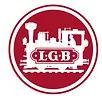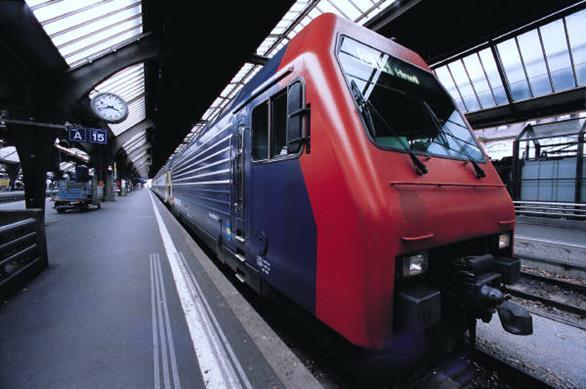











For model train enthusiasts seeking to add realism and control to their layouts, Digital Command Control (DCC) is a game-changer. And within the DCC realm, ESU decoders stand out for their innovative features, superior sound quality, and wide range of options. This comprehensive guide explores the world of ESU DCC Decoders, equipping you with the knowledge to make informed choices for your model train adventures.
Established in 1993, Electronic Solutions Ulm (ESU) has become a leading force in the model train industry. Renowned for their commitment to quality and innovation, ESU has pioneered numerous advancements in DCC technology, particularly in the realm of sound decoders. Their flagship LokSound range is celebrated for its unparalleled realism, capturing the essence of various locomotives with meticulous detail.
Before diving into ESU's offerings, understanding the fundamentals of DCC and decoders is crucial. DCC is a digital system replacing traditional analog control. Instead of using voltage variations, DCC transmits coded information to individual locomotives equipped with decoders. These decoders act as the brain of the locomotive, interpreting the received commands and controlling its movement, lighting, and sound functions.
ESU offers two primary decoder families: LokPilot and LokSound. LokPilot decoders prioritize precise motor control and operational features, making them suitable for various locomotives, including non-sound applications. LokSound decoders, however, are the crown jewels of ESU's technology.

They integrate superior motor control with a comprehensive sound library, allowing enthusiasts to experience the true essence of locomotives through meticulously recorded soundscapes.
LokPilot decoders are available in various configurations, catering to different locomotive types, scale sizes, and functionalities. Here's a breakdown of some popular LokPilot options:
• LokPilot 5: This versatile decoder offers exceptional motor control, multi-protocol support (DCC, Motorola, Selectrix), and programmable features.
• LokPilot nano: Ideal for smaller locomotives in N and H0 scales, it delivers reliable performance with DCC compatibility.
• LokPilot micro: The smallest multi-protocol decoder from ESU, perfect for tight spaces in N scale locomotives.
These are just a few examples, and ESU offers various LokPilot options with additional features like RailComPlus compatibility, advanced lighting effects, and motor overload protection.
LokSound decoders elevate the model train experience by incorporating realistic sounds and functionalities. Each decoder boasts a comprehensive sound library featuring:
• Engine sounds: Start-up, idling, acceleration, deceleration, and various operational sounds specific to different locomotive types.
• Environment sounds: Horns, bells, whistles, air brakes, couplers, and other ambient sounds for an immersive experience.
• Function sounds: Sounds associated with various functions like door opening, pantograph raising, and sanders.
Also Read:
➢ Enhancing Your Model Railway Experience with LGB Train Accessories
➢ Exploring the World of LGB Train Parts: A Comprehensive Guide
➢ The Evolution of LGB Train Engines: From Toy Trains to Precision Models
LokSound decoders come in a variety of configurations like:
• LokSound 5: The flagship decoder offering premium sound quality and an extensive feature set.
• LokSound 5 micro: Perfect for N scale locomotives with its compact size and high-fidelity sound.
• LokSound 5 FX: Pre-loaded with sound projects for specific locomotives, offering a convenient solution for enthusiasts.

Selecting the appropriate ESU decoder for your model train requires careful consideration. Here are some key factors to ponder:
• Locomotive type and scale: Ensure the decoder is compatible with your locomotive's size and electrical system.
• Sound preferences: If sound is a priority, LokSound decoders offer unparalleled realism. For basic operation, LokPilot decoders are a strong choice.
• Available space: For N scale locomotives, consider the compact LokPilot micro or LokSound micro options.
• Programming preferences: Some decoders offer on-board sound customization, while others require external software.
Consulting with experienced model train enthusiasts and researching specific decoder features can further guide your decision-making process.
Installation and Programming: Bringing Your Decoder to Life
Installing and programming your ESU decoder can be done by yourself or a qualified hobbyist. ESU provides detailed instructions and resources alongside their products, making the process accessible for enthusiasts of various skill levels. Additionally, several online tutorials and forums offer valuable guidance and support.
Source: https://bit.ly/3vgOrgv